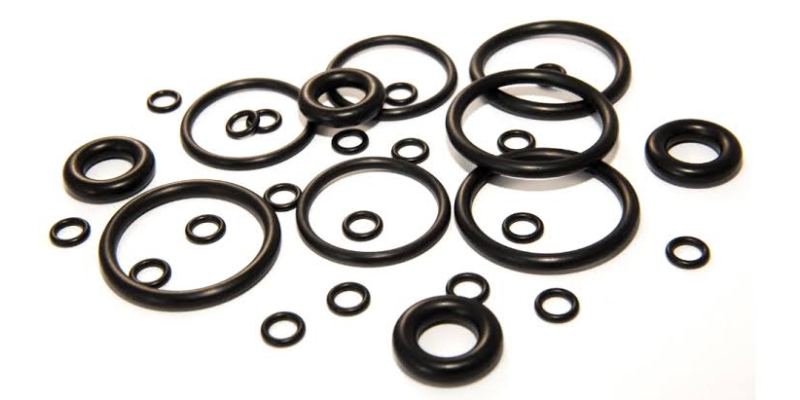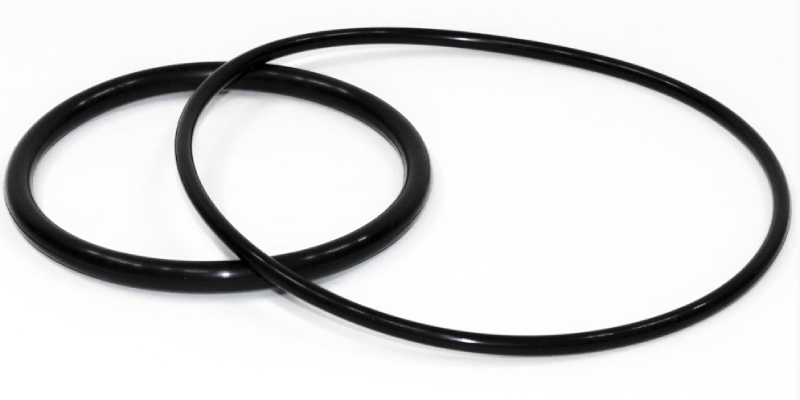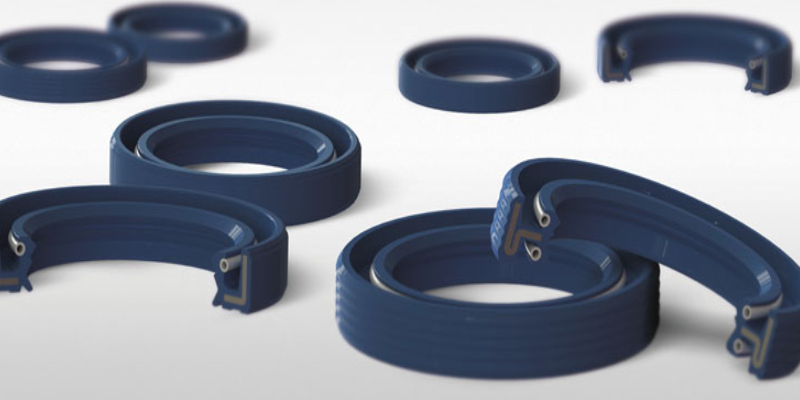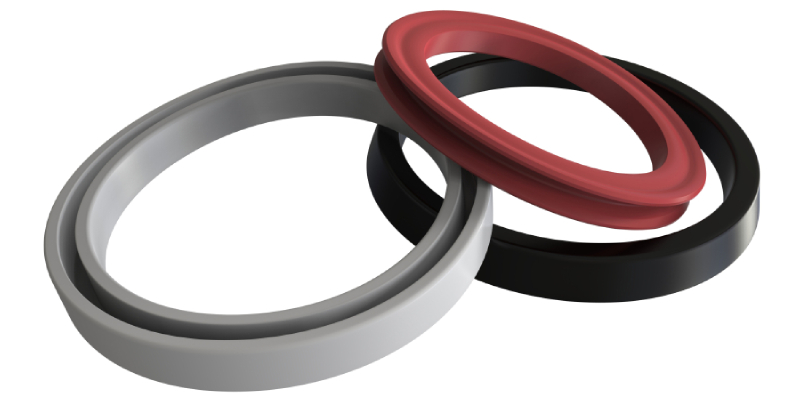What are O-Rings?

Everything You Should Know About Natural Rubber
July 7, 2019
What are Encapsulated O-Rings?
July 12, 2019O-Rings are popularly called as Toric Joint. It is known for its torus shape that is designed like the circular loop that seals two of the working surfaces. The automotive engines valve stems, for instance, 0-Rings prevents the oil from invading the chamber of combustion. The O-Rings design a mating surface that is liquid and airtight between the valve guide and valve stem.
The O-Rings are a very important component that in spite of its simple and small sizes it plays a great role. It restricts the leakage of oil in the valve guide where the combustion chamber is burned inside.
How did the O-Ring come into existence?
The O-Ring was discovered by J.O. Lundberg. The circular looped gasket was filed as a license in 1896. Though it was founded in Sweden, it slowly made its way over the Atlantic Ocean. The O-Ring was then filed by Niels Christensen in 1937 in the United States.
The O-Ring was then taken over during World War II by the government of the United States. It was believed that the O-Ring is one of the prime tools in the allied force’s war. The government of the U.S then placed it in the public domain inviting companies from the West Coast to the East coast to sell and produce their O-Rings.
What are the materials used to make O-Rings?
O-Rings are assessable in many materials of different types. Each material of O-Rings is known to have different properties. The most popular materials used in the O-Rings are as follows.
- Fluoroelastomer – These types of O-Rings materials are mostly used in places where heat is the lead problem. Fluoroelastomer is famed for its durability, heat resistant and long-lasting.
- Silicone Rubber – It features a spongy and soft design they are commonly used in the food industry as they are non-toxic and safe for food use.
- Ethylene Propylene Diene Monomer – These types are not best used for fuels and lubricants. They are more suitable for steam moisture, grease, and silicone.
- Thermoplastic Polyurethane – They offer strong tensile strength and can resist degradation.
Why is sealing pressure important in O-Ring?
When one chooses O-Ring, sealing pressure is very important. They are specially designed for sealing two surfaces that help in preventing liquid or air from leaking.
What happens when O-Ring is pressured too much?
When O-Ring is pressured too much, it fails to perform its operation. They can seal up to 5000 pounds PSI. Though most of the surfaces do not require much pressure, it is just known for its capabilities.




